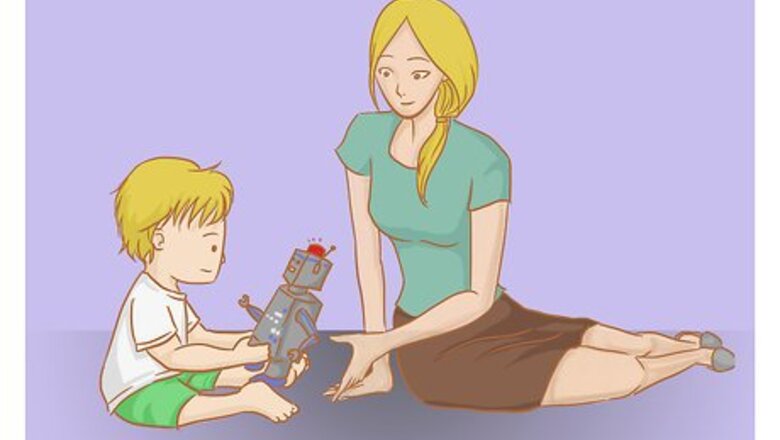
views
Observing and Assessing Your Child
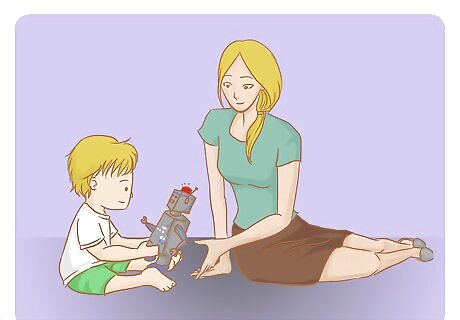
Get organized to observe. Ensure that you have time each day for at least two to three weeks to observe, interact with your child, and then leave the room to record your observations. Make sure you have dedicated, uninterrupted time, and a notebook to record what you see.
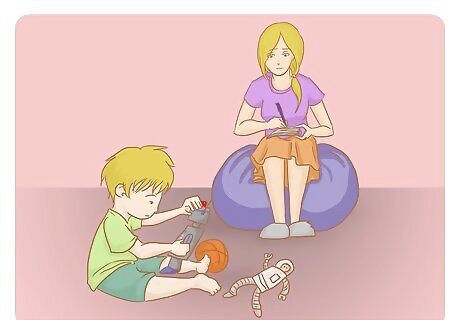
Record what you observe. Always include the date, the time, and the duration of the observation and well as the interactive part of the assessment. Be objective as possible—avoid commenting on your feelings or interpreting your information. (You can do the interpreting later, once you have a factual record.) When observing without interaction, stay seated or standing in the same place with as little movement or sound as is possible. Anything you do to provide sensory input (sound, movement, etc.) could change the child's natural behavior. Watch how your child interacts with you during conversations, playtime, routines, cuddling, etc. Be thoughtful, and commit to memory what transpires. Once you are done, record what happened as faithfully as possible.
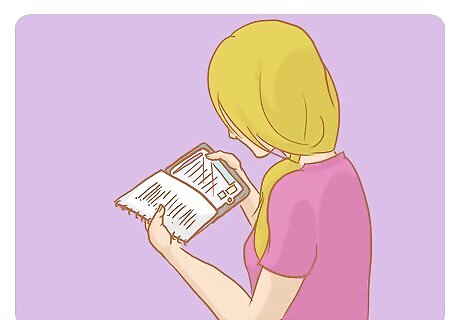
Let the notebook sit for a while, and then review your records. Read the observations and other notations on interaction, and compare them to the list in this article on autism characteristics.
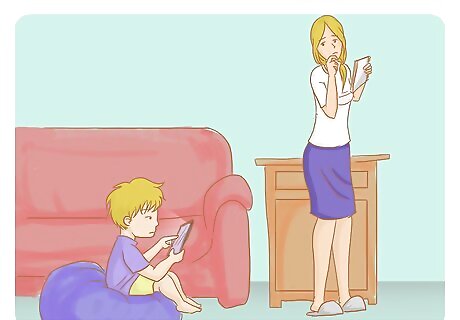
Consider the outcome. If very few characteristics appear, or they appear but don't significantly interfere with your child's ability to interact, save the notebook and reassess in six months. If the child exhibits significant characteristics, your child may be autistic. The characteristics are determined by not one single event, but rather by seeing patterns in the behavior emerge. If your child demonstrates more than three autism characteristics, remember that assessment is an ongoing activity. If you are not convinced whether your child needs to be evaluated, continue with your log, and ensure there are continual planned observation periods. If you are convinced that your child is disabled, do not hesitate to follow through with getting your child formally evaluated. Four strong characteristics, or five or more noteworthy characteristics of an ASD behavior would suggest that it's worth getting your child evaluated.
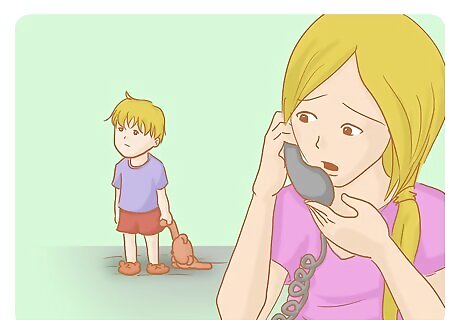
Follow up. If you suspect autism, contact your local school district as well as a professional in the area of Developmental Pediatrics or Clinical Specialists in ASDs. Have a formal set of tests administered to determine if your findings are valid, and if so, what type of disorder your child has as well as where to secure treatment.
Looking for Signs of ASD
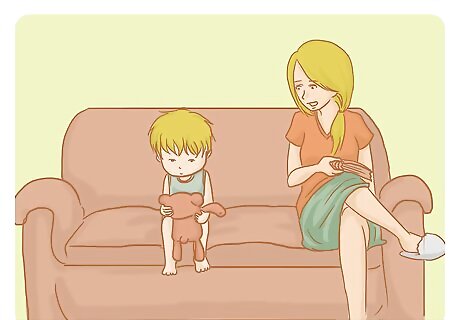
Know the signs. Read both this and other lists. Throughout your observations and assessments, keep an eye out for the following characteristics consistent with ASDs.
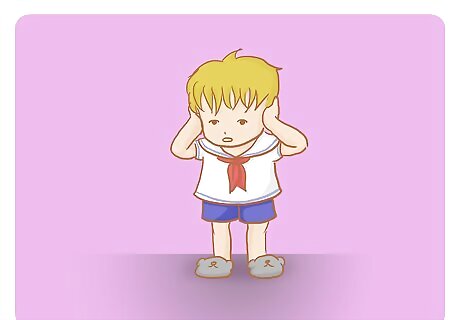
Look at social interactions and preferences. Autistic kids tend to have different body language and don't always understand non-autistic people's body language and expectations. Signs in this area include: Disengagement, due to a disinterest in others, or because interaction is too stressful/complicated. Prefers to play alone or with only a few trusted people. Hiding behind furniture, rolling up in a blanket, or backing into a corner. Engaging basically in avoidance behavior. Avoiding eye contact. Not imitating the adult, or having a lack of expression, facial or otherwise. Avoiding touch, or disliking certain types of touch (e.g. likes hugs, but disturbed by a hand on the shoulder or by being touched from behind) Confused about reciprocity (such as rolling a ball to once person and then having them roll it back). Not recognizing appropriate behavior (e.g. not saying "hi" when someone says "hi" to them) Hard time following directions; becomes easily confused or overwhelmed Little to no recognition of facial expressions, voice inflections or any general social behavior. Do not confuse compliance with understanding.
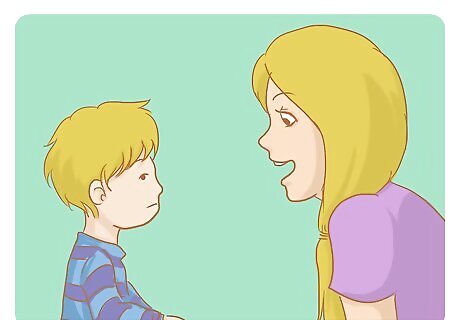
Look at how your child uses language. Signs in this area include: Having either delayed speech development, unusual speech development, or not using speech at all. This includes a child who has begun to speak, and later loses that ability, or a child who can usually speak but stops talking when stressed. Some autistic children quickly develop nuanced vocabularies and understanding of grammar. Observing that the child understands words by following simple instructions, but not using words of his or her own. Repeats words or sounds (echolalia), or in creates a non-existent language or words (neologisms). Child learns to read before learning to speak, or seems to understand written words better than spoken ones.
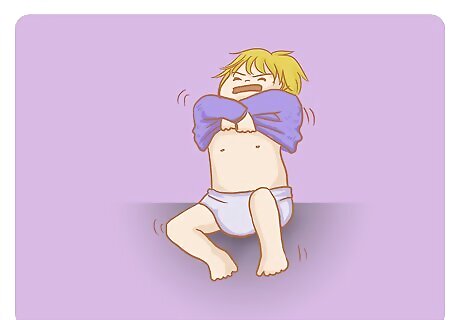
Look at sensory factors. Many autistic people have senses that are over- and/or under-sensitive. They may react with signs of pain or discomfort to sensory stimuli that don't bother other people. Or they may not notice or not be bothered by sensory stimuli that are obvious or overpowering to other people. Signs in this area include: Having a sensitivity to texture, most often observed by avoidance of certain types of clothing. They may tug at or remove clothing if it's too uncomfortable. Having strong reactions to certain smells, textures, tones, voices, volume, or anything disruptive to the senses.Did You Know? Sensitivity to touch can sometimes manifest as low pain tolerance and a tendency to get rashes if they wear clothing with certain textures.
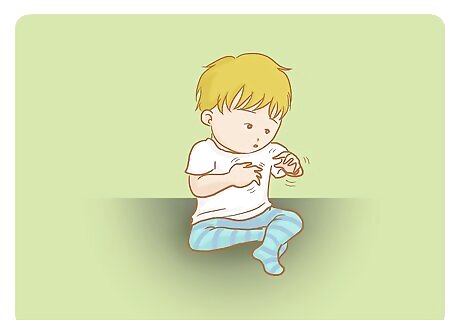
Look at focused or repetitive behaviors. Signs here include: Engaging in self-stimulatory behavior (stimming), such as rocking, finger play in front of the eyes, flapping arms, pacing, or other unusual actions. Getting upset if you mess with their repetition, such as if you move one of the toys they're lining up or if you get in the way of their walking in circles. Autistic people usually develop special interests, in which they are hyper-focused.

















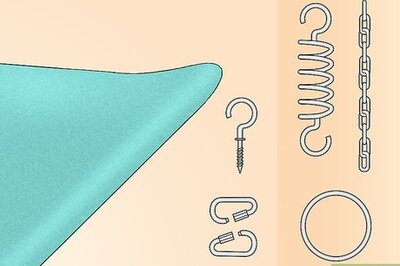


Comments
0 comment